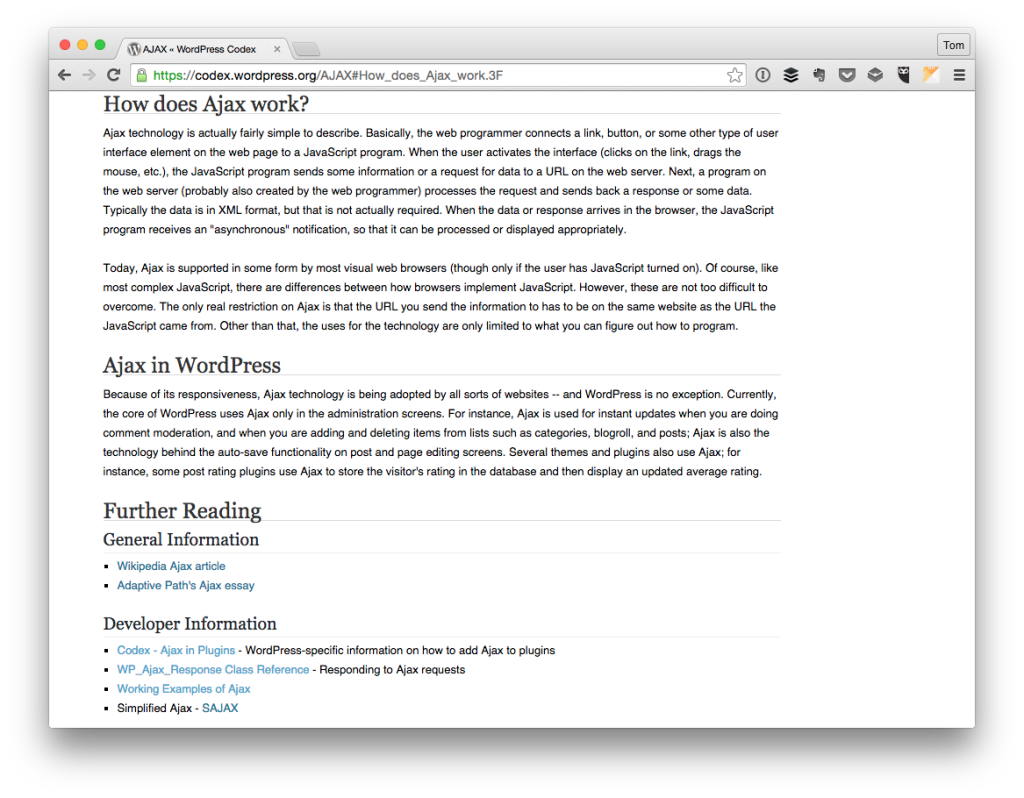From a developer’s standpoint, I have mixed feelings about having a built-in editor for editing custom CSS in WordPress. On one hand…
- It’s a really easy way to make quick changes to the theme you have installed so you get the changes you want.
- Then again, it also completely bypasses and defeats the entire child theme process.
As I’ve tried to think this through, I realize each serves a different purpose I’ll try to explain in a moment, but sometimes I can’t help but wonder if it makes things for difficult for users or more difficult for other developers than necessary.
Sounds weird, I know. But hear me out.



